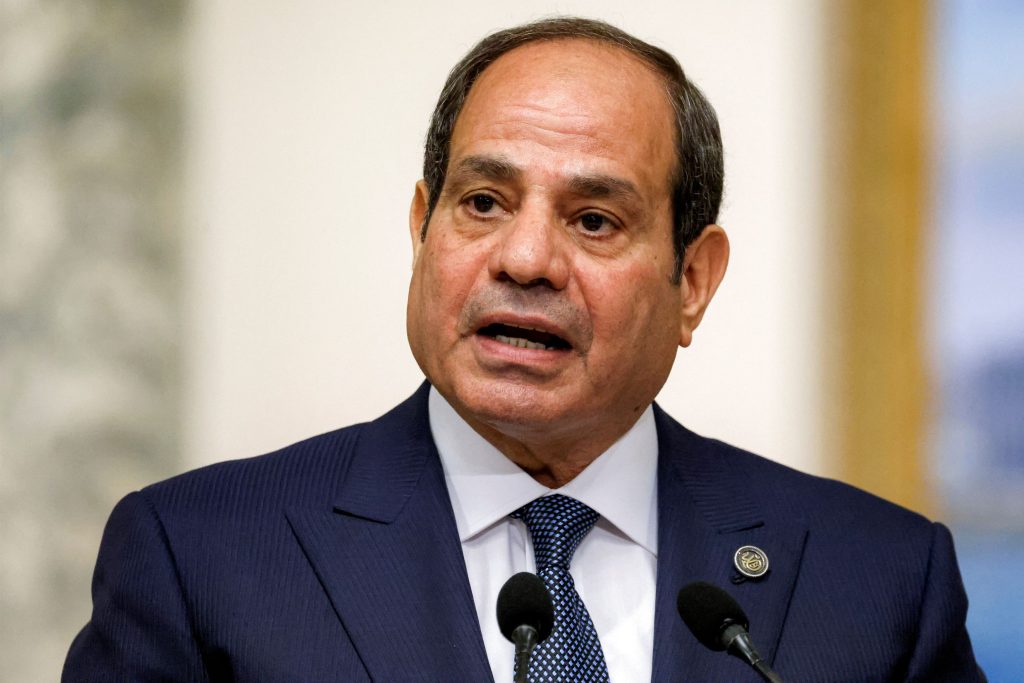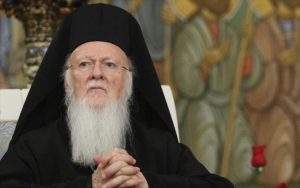A recent court ruling by the Egyptian judiciary concerning the legal status of St. Catherine’s Monastery in Sinai came like a lightening bolt from blue skies—raising questions about the monastery’s autonomy, sparking diplomatic tensions, and even triggering fears of closure after 15 centuries of continuous operation. As speculation mounts, this article lays out what’s currently in force and what, if anything, is altered by the court decision.
Why Is the Monastery So Important? A Long and Sacred History

St. Catherine’s Monastery was founded under the Byzantine Emperor Justinian between 527 and 565 AD to enclose the Chapel of the Burning Bush, where according to relgious tradition, Moses saw God. The chapel itself was previously built by Saint Helena, mother of Emperor Constantine. The earliest recorded monastic presence in the area dates back to 381–384 AD.
Since the 9th century, the monastery has been known as St. Catherine’s, linked to the Great Martyr through the tradition of her relics being miraculously transported there. Initially under the jurisdiction of the Greek Orthodox Patriarchate of Jerusalem, it became autonomous when the local bishop was deposed in 681 AD for heretical beliefs (monothelitism). The bishopric was transferred to the monastery, and eventually all Christians in the Sinai Peninsula came under its jurisdiction.
The Ecumenical Patriarchate recognized the autonomy of the Church of Sinai in 1575, reaffirmed in 1782 by Patriarch Gabriel IV. Today, the Church of Sinai is led by Archbishop Damianos of Sinai, Pharan, and Raitho, who has held the post since December 23, 1973. The church serves a small monastic community, along with several hundred local Bedouins and fishermen.
The monastery is a revered site not only for Christians, but also for Muslims and Jews. It is famously protected by the “Ahdname”—a document of safe-conduct attributed to the Prophet Muhammad, bearing his handprint and granting protection to the monks under Muslim rule.
What Does the Court Ruling about St. Catherine’s of Sinai Say?
Despite the monastery’s endurance through centuries of hardship, the latest Egyptian court ruling has stirred considerable concern and diplomatic friction between Greece and Egypt. The decision, interpreted by some as a change in the monastery’s ownership status, led to fears that full control might pass to the Egyptian state. One unconfirmed scenario suggested that the monastery might be turned into a museum, triggering a wave of reactions.
It’s important to note that legal disputes over the monastery have been ongoing for over a decade, particularly since the rise to power of the Muslim Brotherhood under Mohamed Morsi. During his presidency, there were efforts to restructure religious institutions in Egypt, targeting Christian groups—including St. Catherine’s—because of its considerable land holdings.
However, the Egyptian Ministry of Foreign Affairs has responded by clarifying that the court ruling does not affect the monastery’s operation, religious status, or sacred sites, including cemeteries and archaeological landmarks. In fact, it argues the ruling is the first legal recognition of the monastery’s religious status, ensuring its sanctity and continued function.
According to the ministry, the ruling concerns remote plots of land within nature reserves, far from the monastery itself. These lands were deemed state property due to a lack of ownership titles and significant distance from the main complex.
Was Greek Diplomacy Caught Off Guard?

Egyptian President Abdel Fattah al-Sisi attends a press conference on the day of his meeting with French President Emmanuel Macron at the Presidential Palace in Cairo, Egypt, April 7, 2025. Ludovic Marin/Pool via REUTERS
The Greek government did not anticipate a negative development, particularly after Prime Minister Kyriakos Mitsotakis met Egyptian President Abdel Fattah al-Sisi in Athens just three weeks ago. During that visit, Sisi appeared visibly irritated by speculation that the monastery could close and had categorically ruled out such a possibility.
In his remarks, Sisi said: “I discussed the matter of St. Catherine’s Monastery in Sinai directly with the Prime Minister, and I want to go beyond our private conversation. Let me address all who are hearing me—especially the peoples of Greece and Egypt, and the global community. Over the past decade, Egypt has been committed to absolute respect—not just for others, but for all forms of difference. This has been more than political rhetoric; it has been implemented in practice.”
Despite intense reactions from religious and political figures—including Archbishop Ieronymos, who called the ruling “another historic siege,” and former Prime Minister Antonis Samaras, who described it as “unprecedented and painful international disrepute for Greece”—the Greek government’s official response was restrained.
Foreign Minister Giorgos Gerapetritis spoke with his Egyptian counterpart, emphasizing that “there is no room for deviation” from the mutual understanding expressed during the recent High-Level Cooperation Council in Athens. Government spokesperson Pavlos Marinakis added that Prime Minister Mitsotakis remains committed to the assurances received both publicly and privately from Egypt’s president.
What Happens Next?
Following a telephone call between Mitsotakis and Sisi, both sides appear to be working to avoid escalation, despite the reputational damage to Greece. The two leaders reaffirmed their shared understanding, as outlined in their private and public talks during President Sisi’s visit to Athens on May 7.
In this context, on Monday, June 2, a Greek delegation will travel to Egypt to further refine and finalize the agreement, aiming for a swift resolution to the matter.








